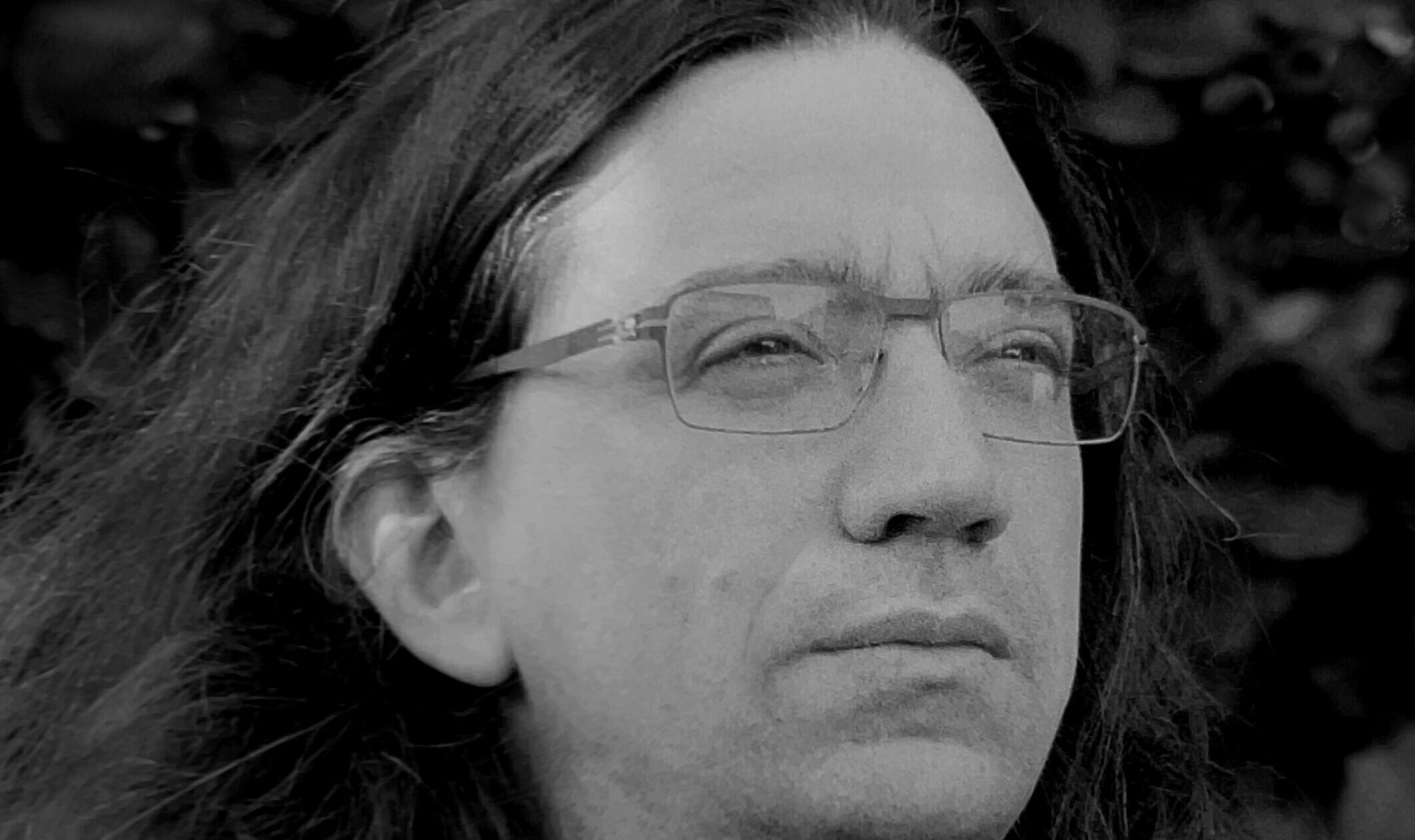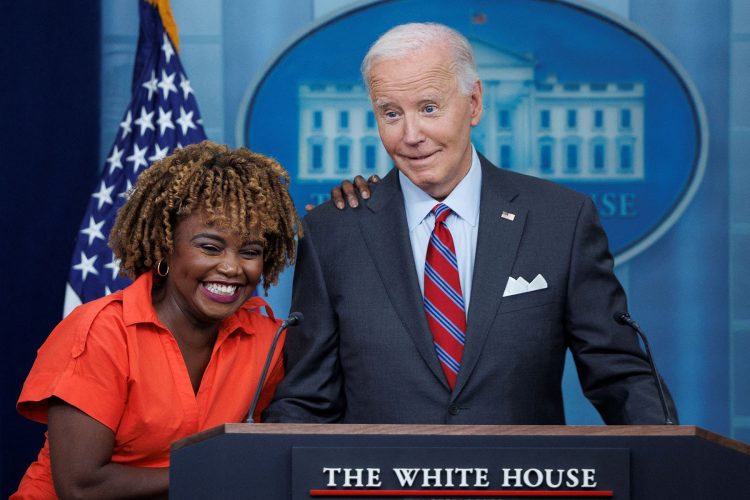
“I have had incredible opportunities—immense privilege—here in the cathedral.”
This was Harvard Professor Danielle Allen’s satirical jab at prominent New Right theorist Curtis Yarvin in a debate on American democracy at the Harvard Faculty Club earlier this month.
“The cathedral,” a term coined by Yarvin in his blog Unqualified Reservations in 2007, is a way of describing the decentralized system of elite institutions—primarily academia, media, and government—that shape public opinion and enforce ideological conformity. In Yarvin’s innovative theory, the cathedral is the legitimizing and self-reinforcing architecture of the modern American oligarchy.
Yarvin’s opponent, Professor Allen, exemplifies the sort of polished figure that can be found in the upper quartile of the cathedral: She is an esteemed academic and professional expert in liberal democracy, with ambitions to run for Senate or governor in Massachusetts. Enjoying close relationships with the prestige media, she invited her personal friends at The Washington Post and The New York Times to attend the debate, perhaps to ensure favorable coverage.
As the debate kicked off, Allen riffed on the central themes of liberal democratic theory, noting, “[autocracies] have consistently violated freedom […] no absolute power is ever accountable. Absolute power inevitably corrupts, tramples on, persecutes freedom.”
At times, Allen slid into a routine that resembled a stump speech, heavy on personal biography and liberal applause lines like “empowerment is the bedrock for human thriving and wellbeing” and “we can talk about and appreciate human difference only because of human equality.” Allen is a respected intellectual, but these were not intellectually serious points—more sloganeering than political theorizing.
In response, Yarvin observed that Allen’s “abstractions” sounded like “Islamic history written by a Muslim” and critiqued her work as being “uncorrelated with the realities” on the ground. An example of the difference: While Allen believes in human equality as an ideal, Yarvin disputes its reality.
Allen tied civic strength to pluralism, going so far as to call pluralism America’s founding ideal. Yarvin pushed back, “I don’t believe in pluralism. I believe in veritas,” he said, urging a revival of Harvard’s own founding value—the pursuit of truth.
However, the most interesting takeaway from the debate pertains not to its content, but rather, its sociological context: Liberal luminaries approaching top positions in the cathedral, like Allen, now feel the need to engage—or to be seen as engaging—with the New Right.
This trend of engaging the New Right extends beyond academia. For example, earlier this year, Gavin Newsom—the slick California governor with ambitions to run for president in 2028—launched a podcast, This is Gavin Newsom. Instead of opting for friendly conversations in the first episodes, he hosted MAGA influencers like Charlie Kirk and Steve Bannon.
Why do some figures of the left want to be seen as being able to dialogue with the New Right? The answer likely lies in the failure of the cathedral in 2024. Former Vice President Kamala Harris lacked the competency to navigate combative long-form interviews, which hindered her presidential run. After getting tripped up by Fox’s Bret Baier over simple questions on the immigration issue just twenty days before the election, Harris’s team pressed pause. She withdrew from any further unedited, long-form interviews, unless in explicitly friendly territory—most prominently opting out of the Joe Rogan Experience.
Following Harris’s election loss in November, ambitious political leaders on the left have been trying to distinguish themselves by proving they can hold their ground in conversations with their opposition. This is appropriate, since positions of privilege should be assigned to individuals who can best their challengers, not sideline or suppress them. However, for decades now, liberal elites have refused to engage with their supposedly “far-right” challengers, instead signaling contempt for credible opposition and delivering soupy abstractions. They are out of practice and vulnerable.
One audience member at the Yarvin-Allen debate, Carter Stewart (Harvard ‘25), told me that Allen misperceived her own position of power and prestige and, as a result, lost the debate on democracy: “She argued that we can dismantle the oligarchy and achieve true democracy by getting rid of party primaries and so on, but she’s a part of the oligarchy, and true democracy is populism. It’s MAGA. It’s remigration. Be careful what you wish for.”
Beyond Allen’s frequent reliance on guilt-by-association tactics, she made no effort to hide her disdain for Yarvin and her displeasure with the whole event. According to the moderator David Vega (Harvard ‘24), before the debate Allen told him, “I’m not shaking hands with [Yarvin]. Before or after.” And she did not. Yarvin thanked Allen in his opening statement, but the courtesy was not returned. Allen’s body language remained closed off throughout, especially toward Yarvin. She repeatedly objected to the speaker’s timing, pushing Vega to move to the next section of the debate. As soon as the program ended, she hurried out, whereas Yarvin stayed and socialized with the students.
At the close of the debate, which featured one of the foremost experts on democracy at perhaps the most hallowed academic institution on the planet, one had to wonder: Was this really the best argument that can be mustered against Yarvin?
While New Right ideas are gaining ground among young people, it remains unclear whether the cathedral yet feels the need to win the argument on substance. Allen’s rote performance makes more sense if you assume that her appearance in this format was not about changing minds or introducing new responses to the intellectual challenge posed by the New Right; it was about signaling openness to intellectual exchange and demonstrating a willingness to engage with taboo ideas.
To Allen’s credit, she did participate in actual intellectual exchange, however performative her own contribution, and her students now have a better idea of those dangerous right-wing ideas they keep hearing about. By contrast, several legacy conservative groups did not participate in the event. Leo Koerner, President of the Harvard Republican Club (HRC), was pleased with the debate, but expressed to me his “disappointment” that other conservative institutions with presence on campus refused to back the event, despite the obvious student enthusiasm.
But as legacy conservative institutions remain on the sidelines, opportunities are emerging for ambitious young people and new organizations on the right. The Harvard debate was organized as a collaboration between two new institutions, the John Adams Society, a student group refounded in 2014 and dedicated to philosophical inquiry and “the old Harvard,” and Passage Press, Yarvin’s publisher founded in 2022 by Jonathan “Lomez” Keeperman.
In a message to me, Keeperman reflected on the event:
Throughout the process everyone acted in good faith, just as one would hope. This is no small feat. An event like this would have been unthinkable even a couple years ago. The protester presence, despite some heated online chatter, amounted to nothing. Yarvin and Allen had a respectable debate and everyone went home happy.
Organizations like the John Adams Society and Passage Press are challenging the academy and other legacy institutions, which are increasingly plagued by timidity and unearned elitism. The prestige such institutions have inherited was never rooted in brands and titles, but in the hard-won excellence those labels were meant to signify. But increasingly, the heirs look small in their chairs.
Rather than stepping away from the cathedral, ambitious young people should follow the model of the John Adams Society and Passage Press, organizing resources and coordinating head-on challenges between the best of the New Right and the best of the left and prestige conservatism.
Building this infrastructure will take creativity. Young people will need to selectively navigate the traditional stepping stones into the cathedral: pipelines into consulting, law, academia, finance, the media, and the like, challenging from within where possible, and exiting from these “finishing schools” at opportune times to build new political and cultural institutions.
Subscribe Today
Get daily emails in your inbox
Various disruptive dynamics continue to threaten the cathedral: loosening online censorship, advancements in artificial intelligence technology, and the bull-in-a-china-shop policies of the Trump presidency, to name a few. In the years ahead, pent-up cultural energy on the right could be unleashed, creating new, meaningful opportunities for young people.
Keeperman advises on the path ahead:
A healthy ecosystem includes a lot of life. We need more people willing to risk capital and time to participate professionally in culture, rather than just as a hobby. The more people who take on risk—adding their resources and talents to this ecosystem—the stronger we will all be.


